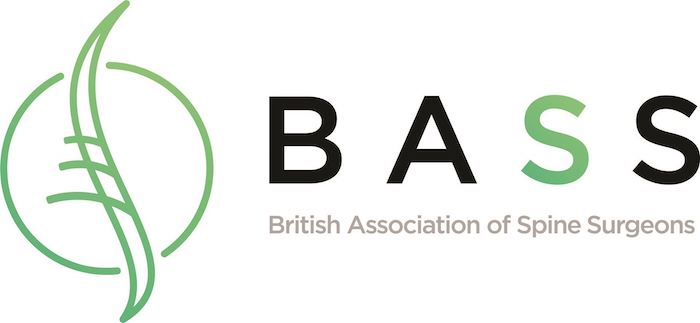Spinal injections: facet joint injections and medial branch blocks
Introduction
Facet joint injections and medial branch blocks are very similar injections for treating back and leg pain. The facet joint is the joint at the back of the spinal canal which is how the bones of the spine (vertebral bodies) link up. The spine links up at the front through the disc and at the back through the facet joints either side of the spinal canal, in which the nerves sit.
The facet joint has a capsule which holds it together and is supplied by a small nerve root known as the medial branch. When a facet joint becomes arthritic due to loss of joint space and a reduction in the cartilage, it becomes a cause of back pain. When the facet joint moves abnormally due to the arthritis, it causes the capsule to stretch which in turn becomes inflamed resulting in more back pain. This pain travels in the medial branch and hence the term “medial branch block” is used when this little nerve is blocked.
This leads to a reduction in pain as the pain signal can no longer travel within the nerve, and is no longer recognised or noted by the brain. A facet joint injection aims to place anti-inflammatory steroid into the facet joint, but it is important to recognise that the facet joint is extremely small and often closed down so trying to put steroid into the joint can be difficult. In these situations the capsule of the facet joint is often inflamed so it is important to ensure that when performing a facet joint injection and medial branch block, the steroid is also administered to the capsule to ensure a complete block of the facet joint, the medial branch and the facet joint capsule.
Frequently asked questions
Do they work?
Facet joint injections and medial branch blocks are not simple injections to do. The x-ray machine has to be angled at exactly the right angle in order to get a reasonable view of the joint and the needle placement can be tricky. As the facet joint is often closed down, it is often not possible to actually put any steroid into the facet joint and it is also important to ensure that enough steroid is placed onto the capsule to reduce any inflammation in the capsule, as well as making sure that the medial branch is adequately blocked.
However, if all of these things are performed properly then it is fair to say that if the facet joint and facet joint capsule are the cause of the patient’s pain, then the patient will have a period of time, however long, when they are almost completely pain free.
How long will it last?
Facet joint injections and medial branch blocks are not necessarily designed to last very long. They are performed mainly as a diagnostic procedure in order to identify whether the facet joint and the capsule are the cause of the patient’s back pain. On occasions the facet joint injection and medial branch block can last a reasonable length of time but this is rare.
It is known that the steroid will stay in the body for up to 6 weeks, and in my experience a facet joint injection will be thought to be a success if the patient gets a period of time where they are completely pain free. This may last one week, two weeks or longer - however, as already mentioned facet joint injections are diagnostic rather than therapeutic as they do not change the fact that there is still arthritis in the joint, which will almost certainly lead to recurrent inflammation of both the joint and the capsule.
Do they change the rate at which the arthritis progresses?
Facet joint injections are not usually therapeutic and are normally used to identify the pain generator. The primary aim is to block the medial branch and reduce the inflammation in the facet joint and the facet joint capsule. If they succeed in this, the patient will get a degree of pain relief which can last a variable length of time. If during that time the patient were to push themselves too hard and increase the rate at which they use their back, then it may be possible that the rate of progression of arthritis increases, but obviously this would be extremely rare as the facet joints and back are protected by a number of muscles, tendons and ligaments holding everything together.
What happens when they wear off? What are the next steps?
If the facet joint injection and medial branch block gives the patient a period of significant pain relief but the pain returns, then it is reasonable to assume that a longer lasting block of the medial branch would make the period of pain relief last longer, and so this would be discussed as the next step.
This could be done using either radiofrequency ablation of the medial branch down a needle, or through minimally invasive surgical rotatory capsular debridement performed through 1cm surgical incisions.



